The Fundamentals of Worldbuilding: How to Create a Believable Fictional World
Construct an immersive world for your next creative project.
Worldbuilding is an essential part of storytelling in any work of fiction.
Whether you’re writing a book or designing a video game, the world you create needs to immerse and captivate your audience. That is only possible if it looks and feels realistic, even if it contains supernatural elements such as time travel or magic. Building such a world requires a great deal of effort and attention to detail.
Let's dive deeper into what worldbuilding is and how it should be approached.
What is worldbuilding?
Worldbuilding is the process of constructing a fictional world. It can be as complex as creating an entirely new, unique universe with its own history and laws of nature. Or it can be as (seemingly) simple as slightly altering the details of our own world to fit the story.
Much like the world we live in, your fictional world is defined by numerous details and elements, including but not limited to:
History
Geography
Culture and social customs
Languages
Physics and laws of nature
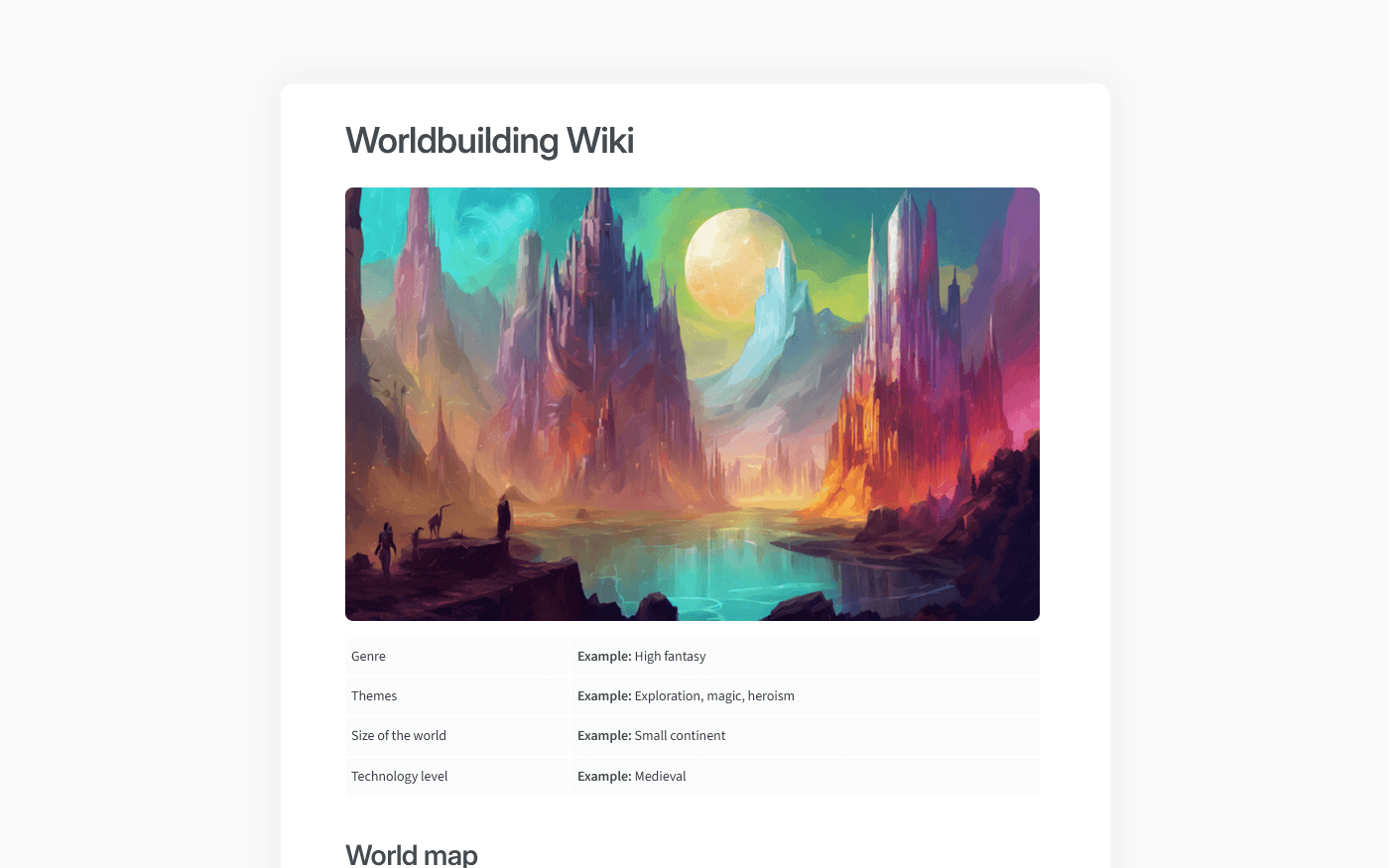
Not all of these details may be directly relevant to the story, but defining them is nonetheless an important part of worldbuilding. The more intimately and intricately you know your world, the richer and more immersive your writing will become.
It’s fine if you don't know every single detail about your world from the start. Begin by defining the basics and let your world evolve and grow from there. The output of your worldbuilding efforts is usually a series of documents and creative assets (maps, sketches, concept art), best organized in a wiki.
Here's an example of what a worldbuilding wiki looks like in Nuclino, a unified workspace where you can bring all your team's knowledge, docs, and projects together:
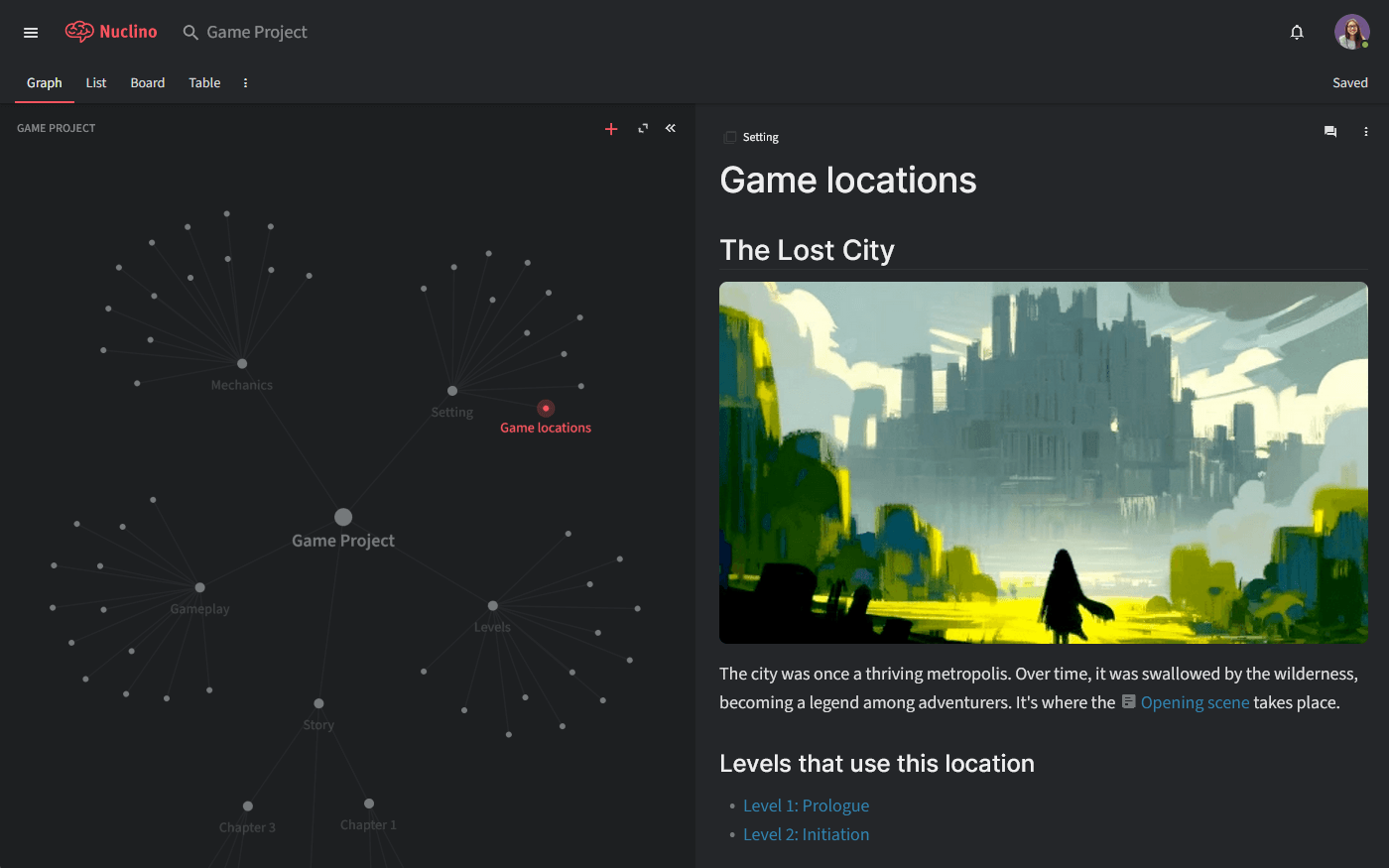
Worldbuilding wiki (Artwork credit: David Revoy)
Nuclino also comes with an AI-powered assistant called Sidekick that can help you with various aspects of the ideation and writing process. With Sidekick, you can generate ideas for characters and plot points, instantly generate descriptions, get suggestions for more concise or engaging language, and much more.
Sidekick also allows you to instantly generate unique concept art, storyboards, and other images in a variety of styles – 2D and 3D, abstract and photorealistic, detailed and simple.
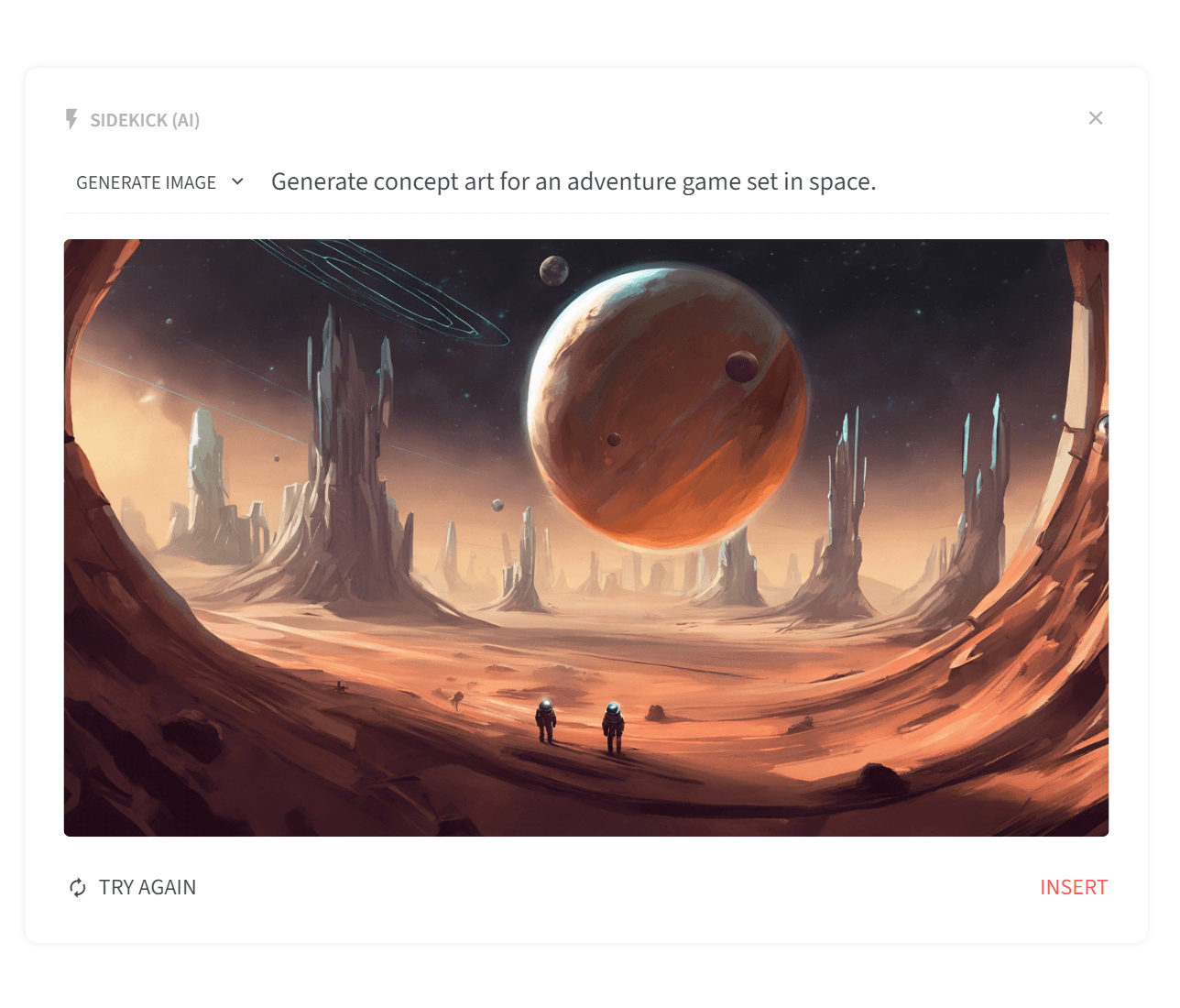
Visual collaboration is seamlessly built into Nuclino. You can add an infinite collaborative canvas anywhere and use it to create diagrams and whiteboards directly within your wiki, without switching tools.
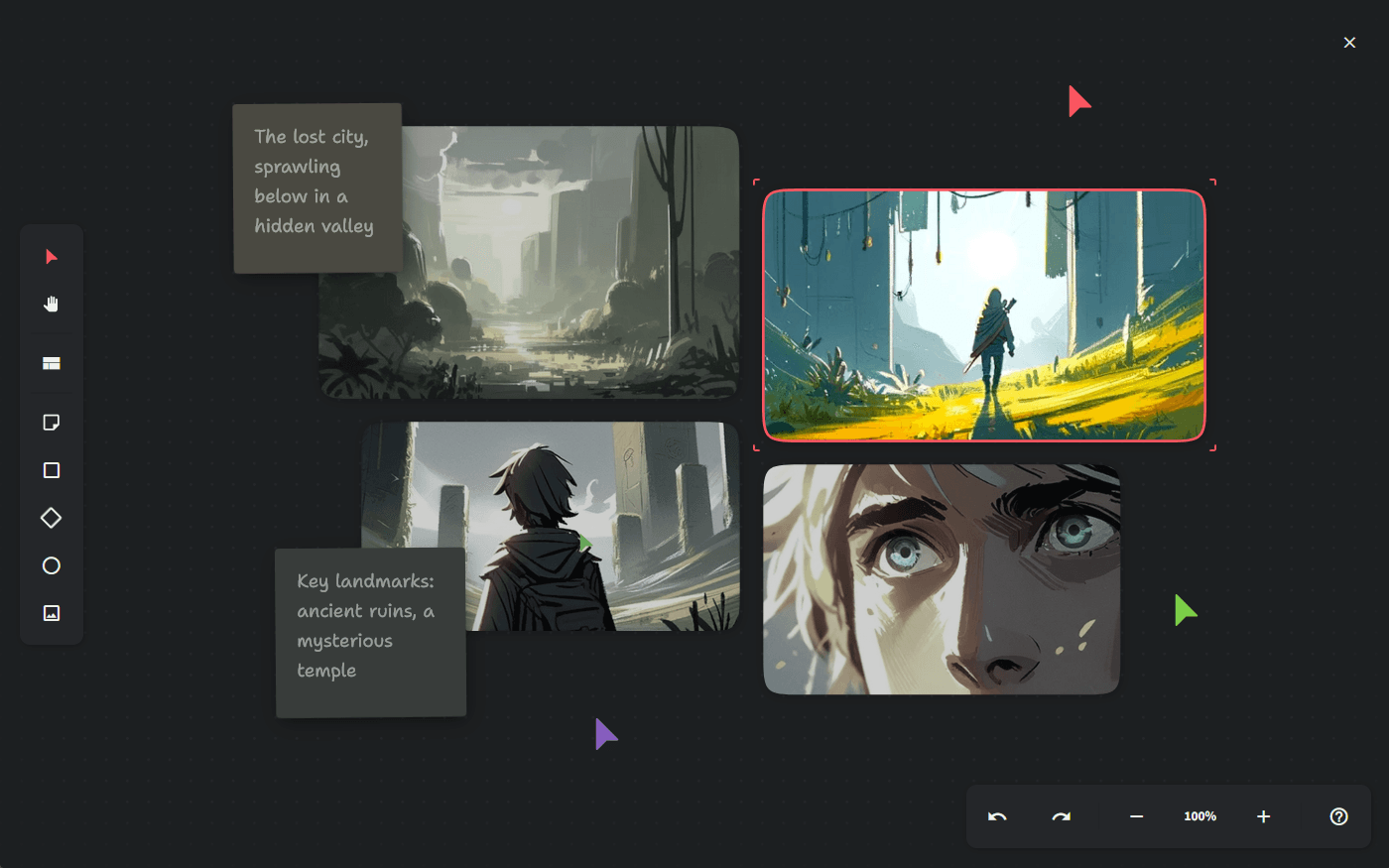
How to start worldbuilding
The worldbuilding process can significantly differ depending on your creative project. However you decide to craft your world, there are a number of worldbuilding best practices that can help you along the way.
Select a methodology and stick to it
There are two main approaches to worldbuilding:
The top-down or outside-in approach: The worldbuilding process begins with creating a general overview of your world and determining its high-level characteristics, such as history, geography, climate, and so on.
The bottom-up or inside-out approach: The process starts with developing a small part of the world that is most relevant to the story. After building it in great detail, the remaining elements of the world are crafted.
The best approach depends on how developed your plot is before you begin building your world. Terry Pratchett, the author of the Discworld fantasy series, is known to recommend the bottom-up approach: "[In creating a fantasy city you had to start out by wondering how the fresh water got in and the sewage got out... World building from the bottom up, to use a happy phrase, is more fruitful than doing it from the top down."]
Start with a story, not a world
The world is there to complement the story and not the other way around. No matter how vivid your world is, your audience will need a captivating plot and charismatic characters to take an interest in it. The worldbuilding process and storytelling need to go hand in hand.
Use worldbuilding tools to keep your content organized
When you are just getting started, it may seem like a simple Google Doc will suffice. But as you make progress, and your world evolves and accumulates more and more details, things can quickly become chaotic. Make sure you keep your work clearly organized from the start. A private wiki such as Nuclino can be a great worldbuilding tool:
Content can be organized hierarchically.
Related pages can be easily linked together.
Links are visualized in a graph, giving you an instant overview of your world.
Every page can be edited by multiple contributors in real time.
All assets – concept art, videos, music – can be embedded directly into the documents.
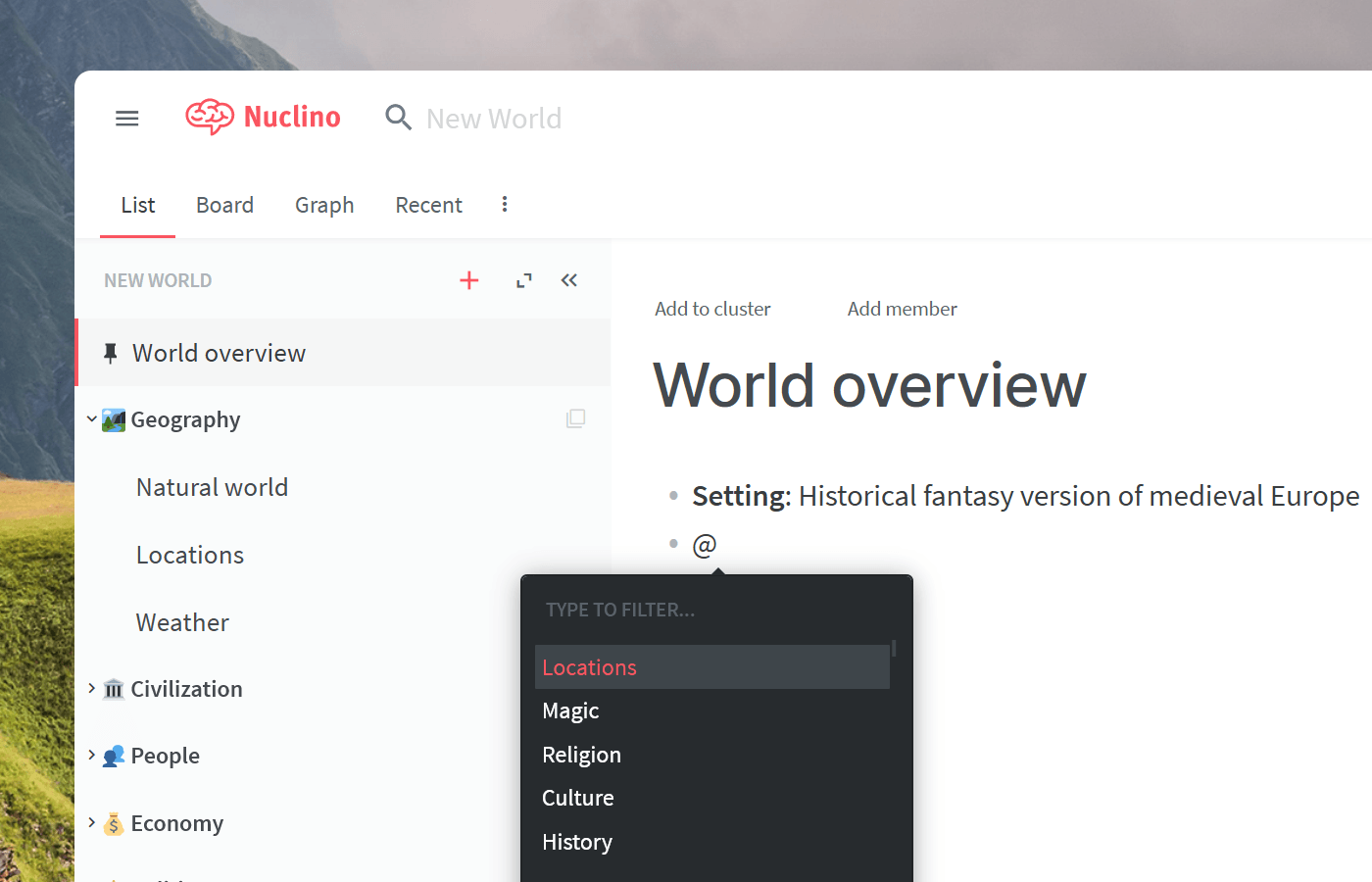
Find inspiration in existing works
The best worlds have a good mix of original ideas and familiar concepts. Your inspiration can come from anywhere – history, mythology, art. Let your world absorb existing concepts and form something new out of them. George R. R. Martin, for example, drew inspiration from the Heptarchy and the War of the Roses when he created the world for his "A Song of Ice and Fire" book series.
And as they say, "to steal ideas from one person is plagiarism; to steal from many is research".
Write down everything
Any time you have an idea about the world you are building, write it down. A great deal of those ideas may not make it into the final iteration of your world – it's a natural part of the exploratory worldbuilding process. But not documenting them is a sure way to let great ideas slip away.
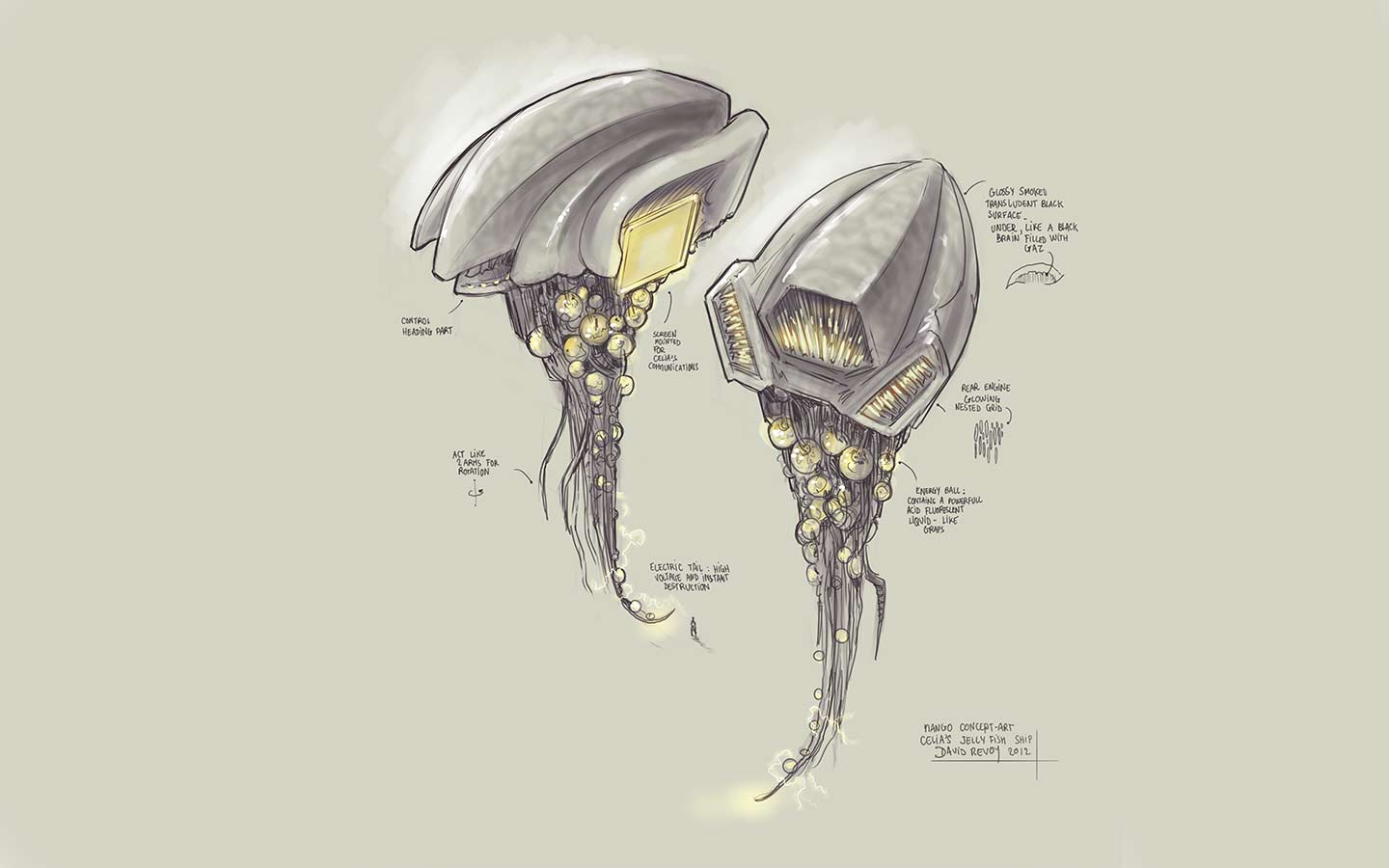
Worldbuilding concept art example (Artwork credit: David Revoy)
Key worldbuilding elements
To build a realistic, engaging world, it's important to add enough detail, from something as high-level as geography and climate, to something as specific as the smell of the market near the protagonist's house.
While every world is different, core worldbuilding elements include:
Physics. To what degree will your world be based on real-world physics? Does magic exist? Is time-travel possible? Do characters have superpowers?
Geography and nature. That generally includes the landscape, climate, weather, flora, and fauna. A great way to approach this is by crafting a fictional map of your world.
Locations. Describe the most notable locations in your world. What are the relevant countries, cities, capitals? What are their flags or crests?
Culture and people. Describe the intelligent species that populate your world. Are they humans, elves, aliens? What languages do they speak? What are their customs and traditions? What are they proud of? What food do they eat? Do they believe in any gods?
History. Explain how civilization evolved in your world. When was the earliest known record of history? What were the notable events that shaped the present?
Economy. What is produced in your world? Is there a universal currency? Does a particular region specialize in a particular trade (livestock, agriculture, weaponry, etc.)? What resources are natural in each part of your world?
Government, politics, and law. What is the form of government? Who holds the power? What laws rule the land? How do different political factions interact?
Technology. How advanced is the technology in your world? How does it impact society? How does technology coexist with magic and other supernatural elements?
This is by no means an exhaustive list. Worldbuilding is a long, exploratory process that can never be definitively complete, but not every element you add needs to be an explicit part of the story you're telling. Focus on crafting the details that meaningfully affect who your characters are and how they experience their world.
Nuclino: Your team's collective brain

Nuclino brings all your team's knowledge, docs, and projects together in one place. It's a modern, simple, and blazingly fast way to collaborate, without the chaos of files and folders, context switching, or silos.
Create a central knowledge base and give your team a single source of truth.
Collaborate in real time or asynchronously and spend less time in meetings.
Manage and document your projects in one place without losing context.
Organize, sort, and filter all kinds of data with ease.
Integrate the tools you love, like Slack, Google Drive, Figma, Lucidchart, and more.
Ready to get started?
